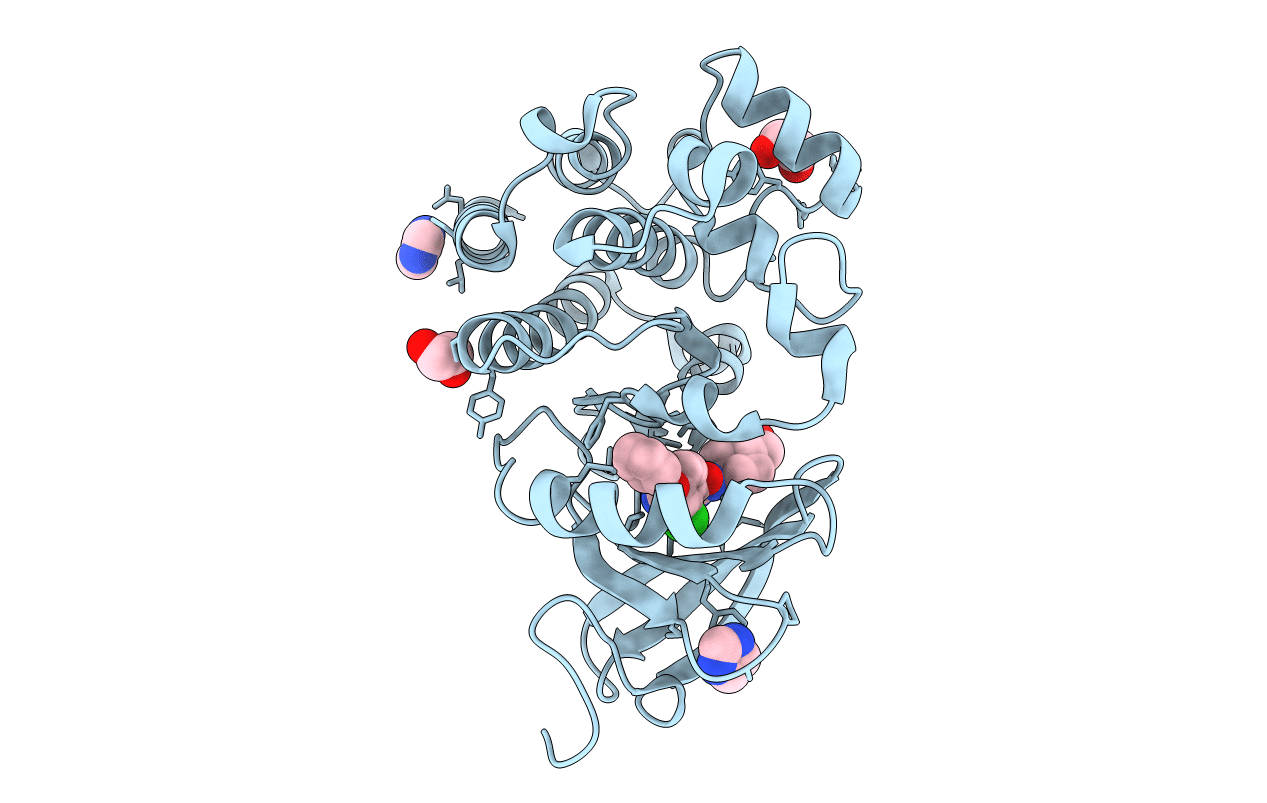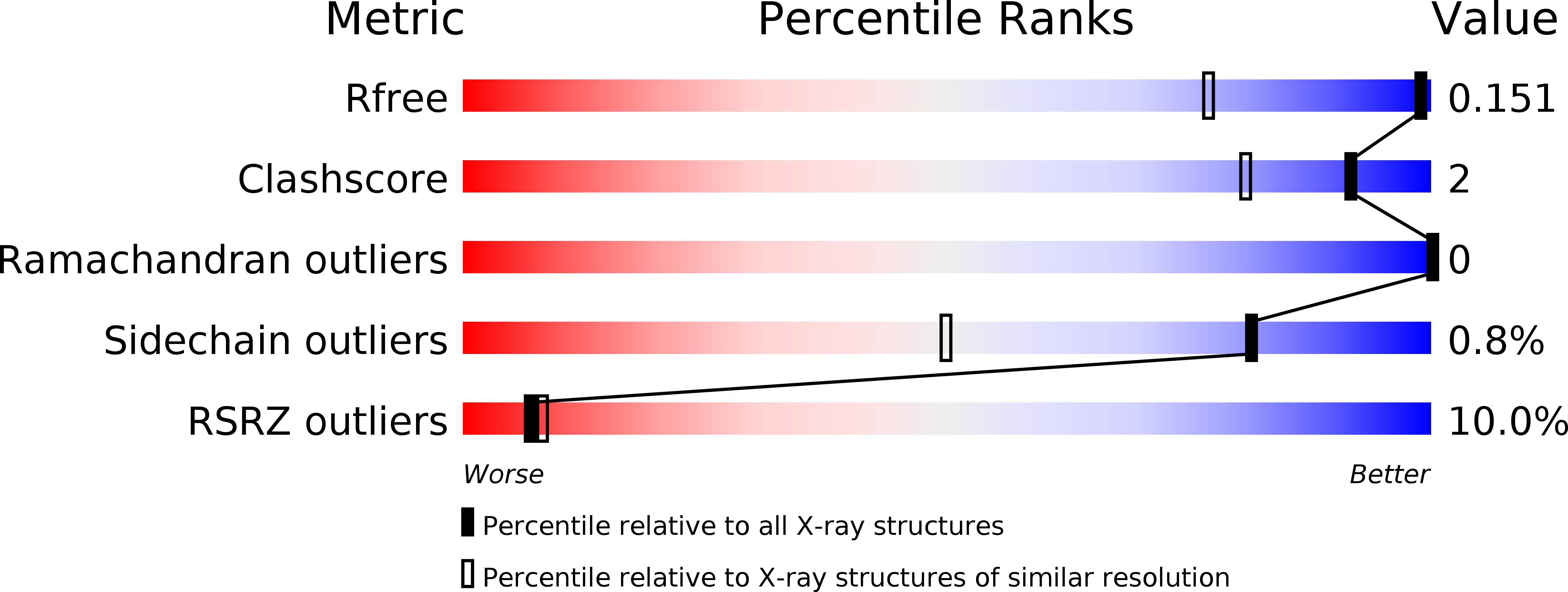
Deposition Date
2018-07-17
Release Date
2018-09-05
Last Version Date
2024-03-13
Entry Detail
PDB ID:
6E4F
Keywords:
Title:
Crystal structure of ARQ 531 in complex with the kinase domain of BTK
Biological Source:
Source Organism:
Homo sapiens (Taxon ID: 9606)
Host Organism:
Method Details:
Experimental Method:
Resolution:
1.15 Å
R-Value Free:
0.15
R-Value Work:
0.13
Space Group:
P 21 21 2


